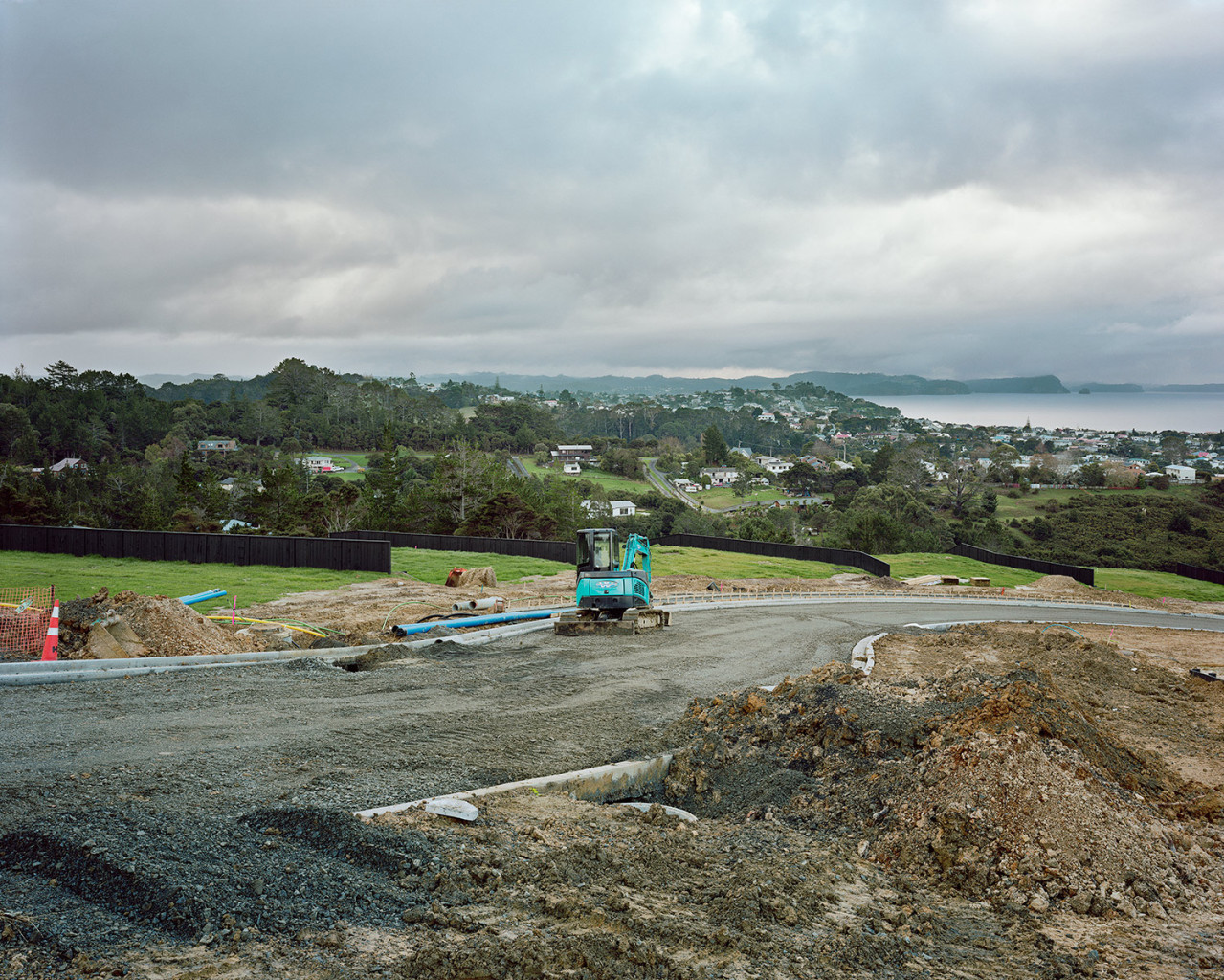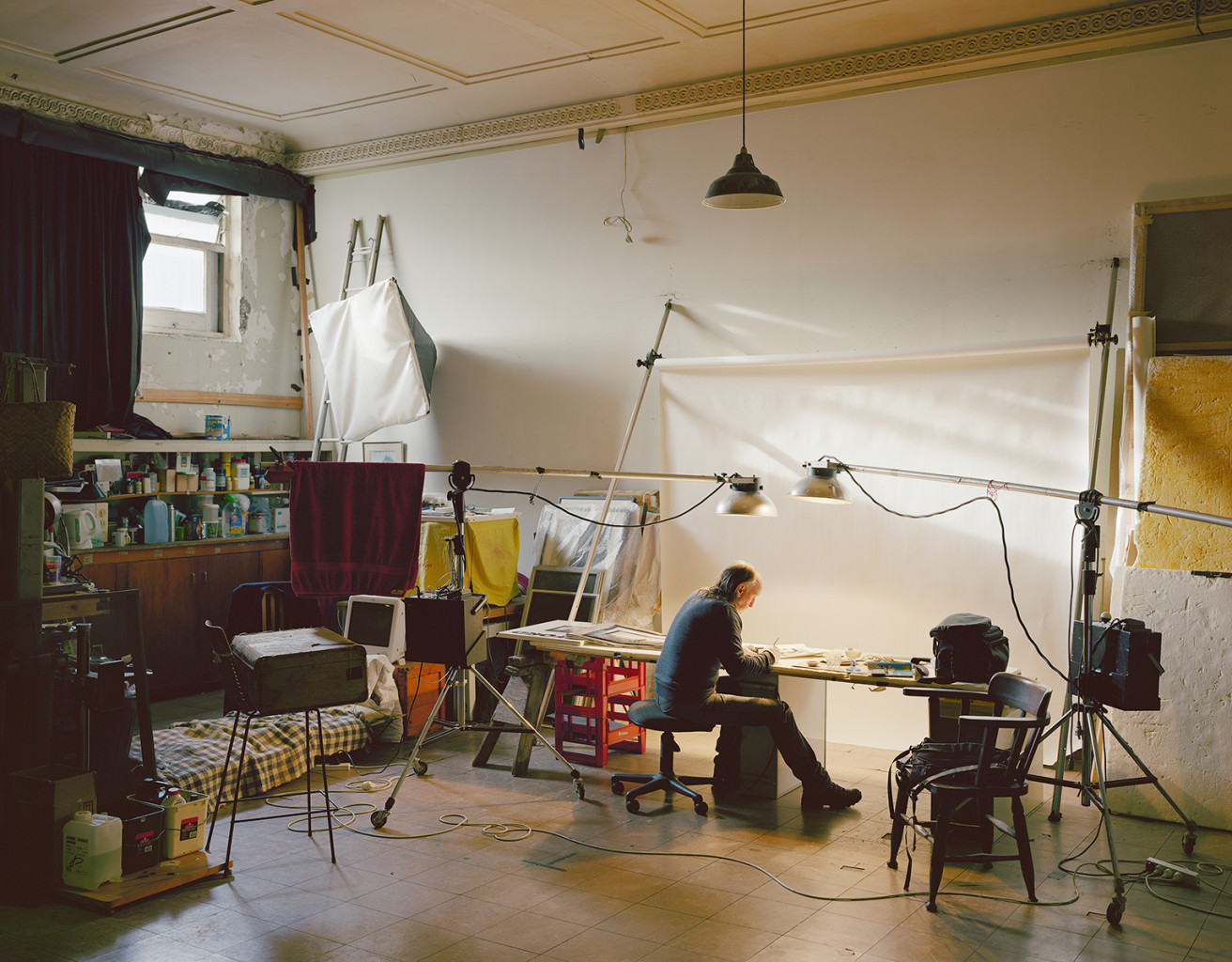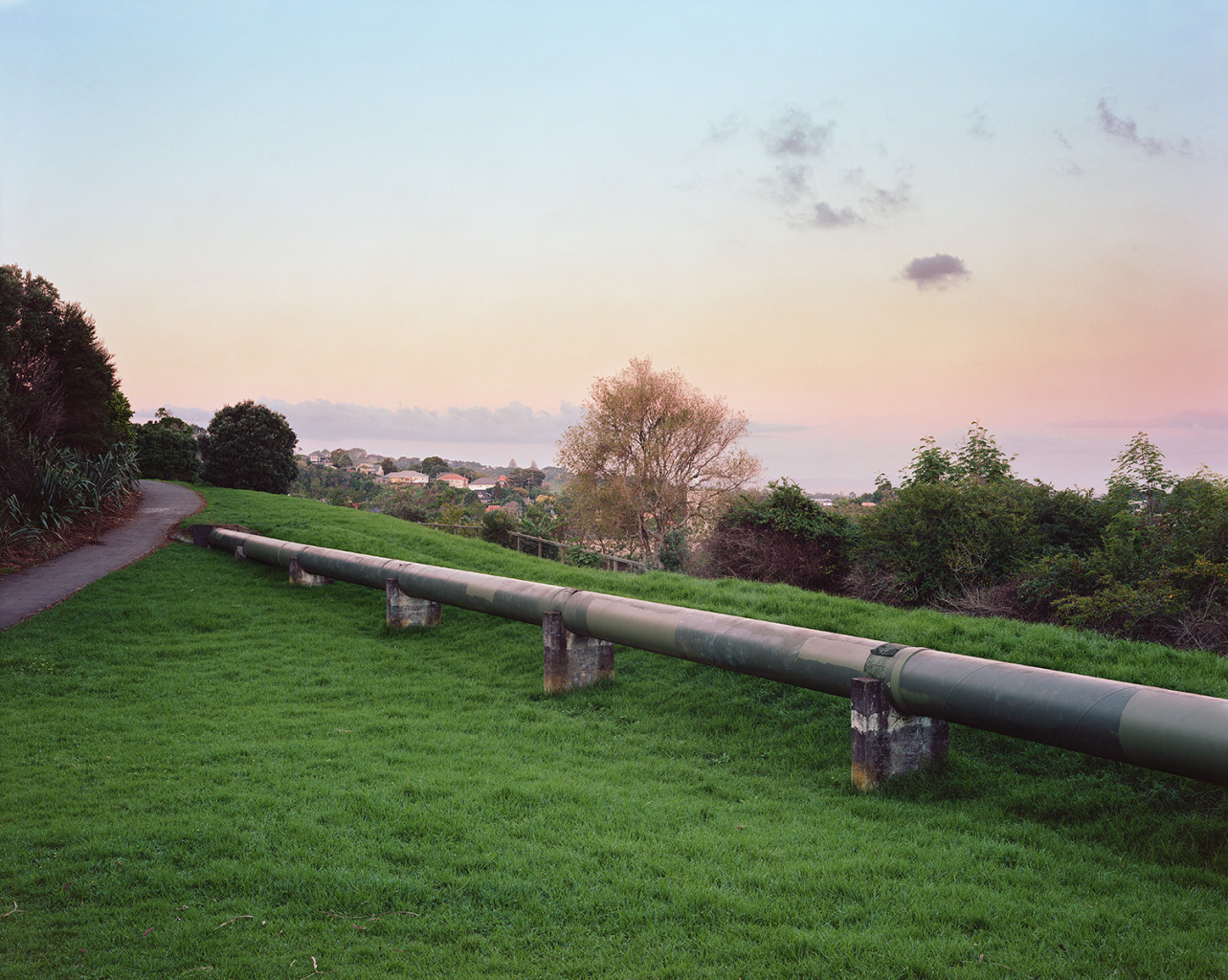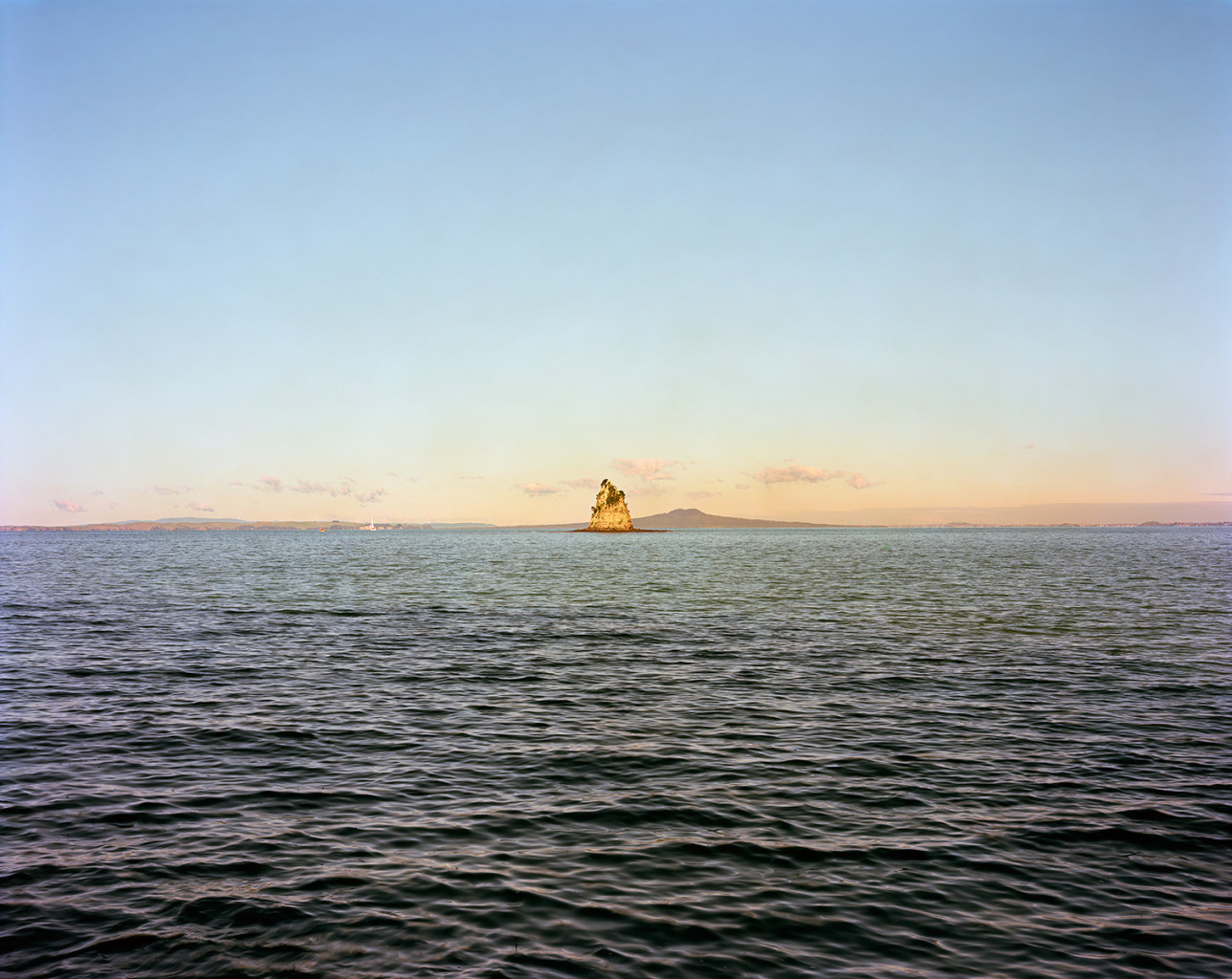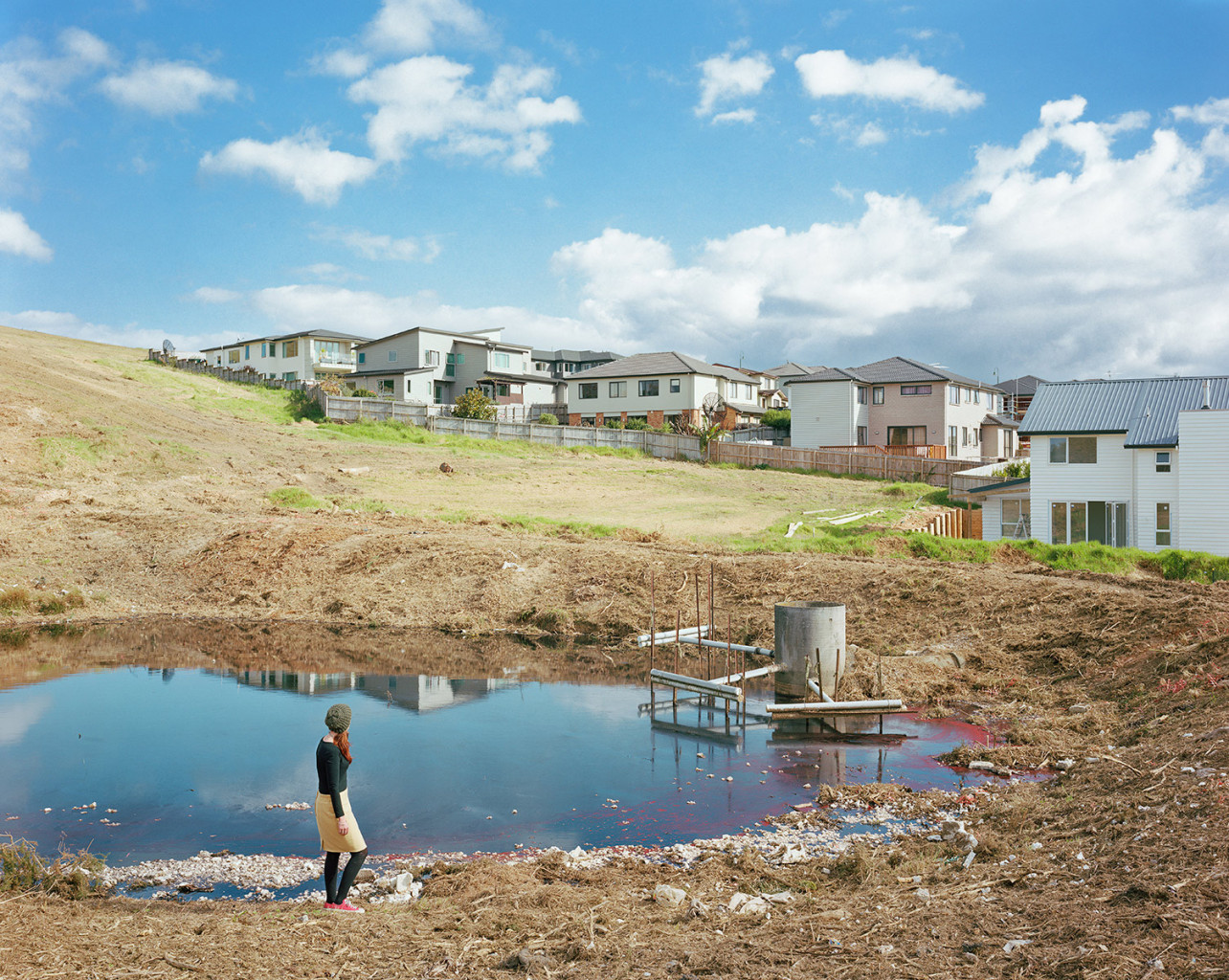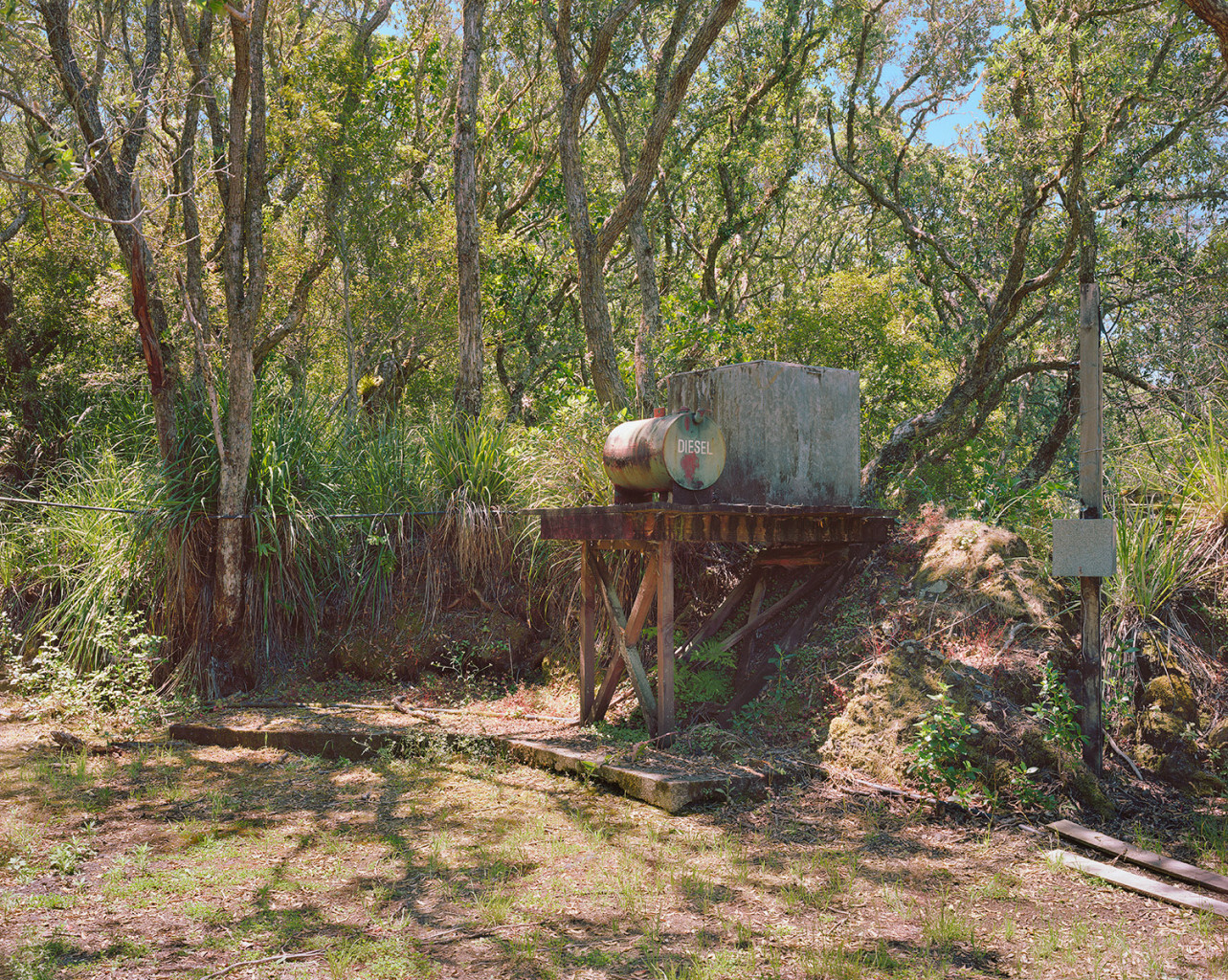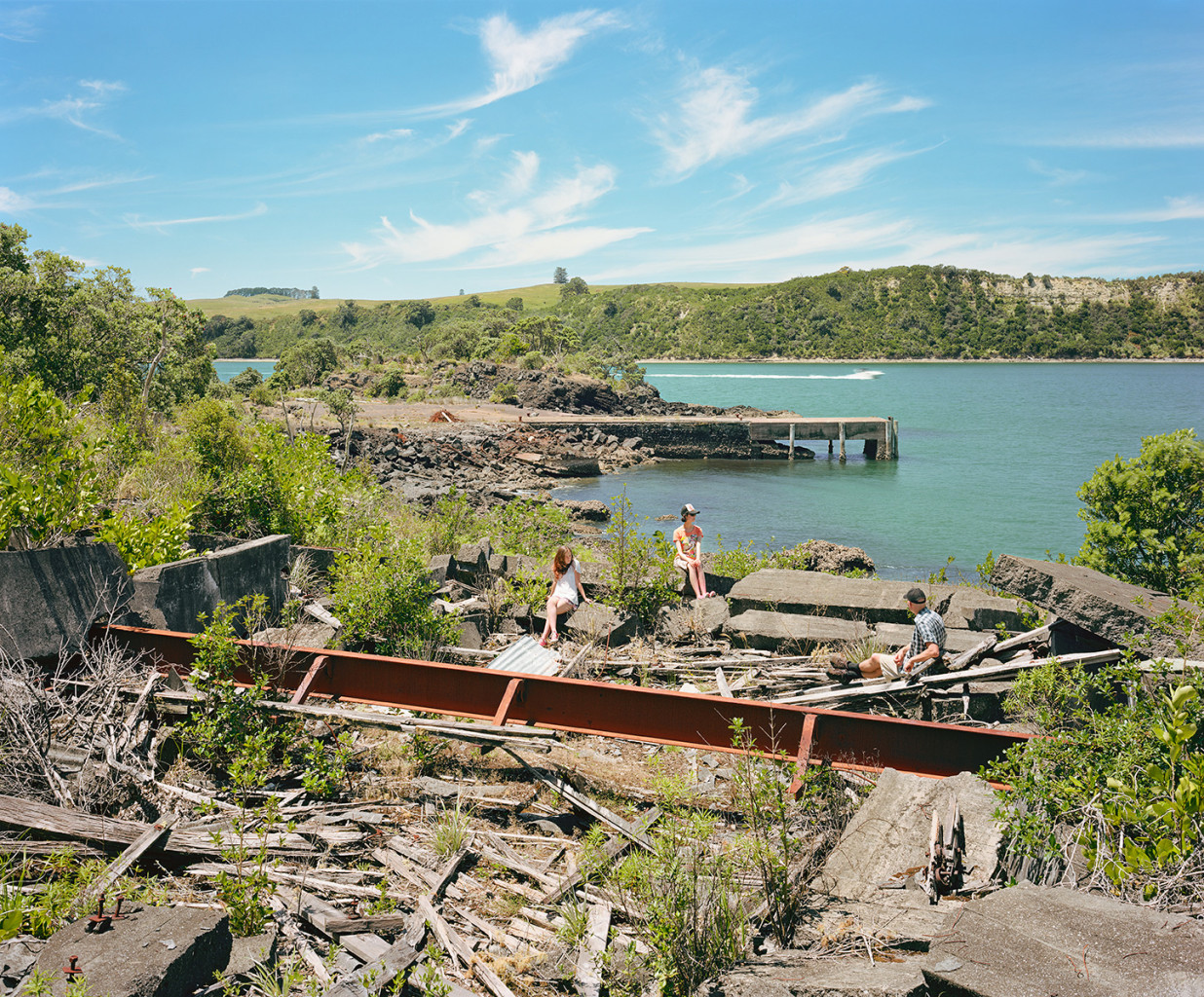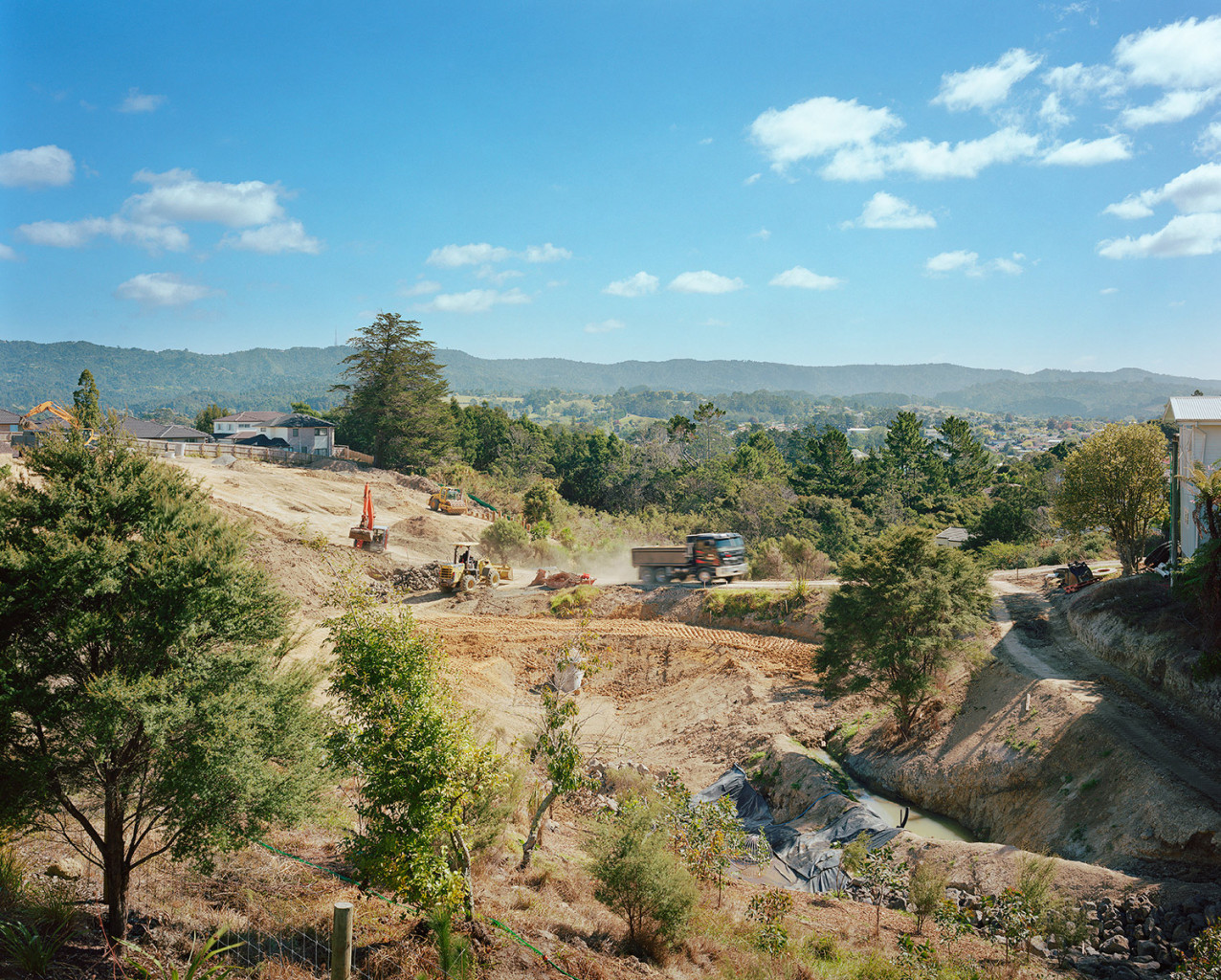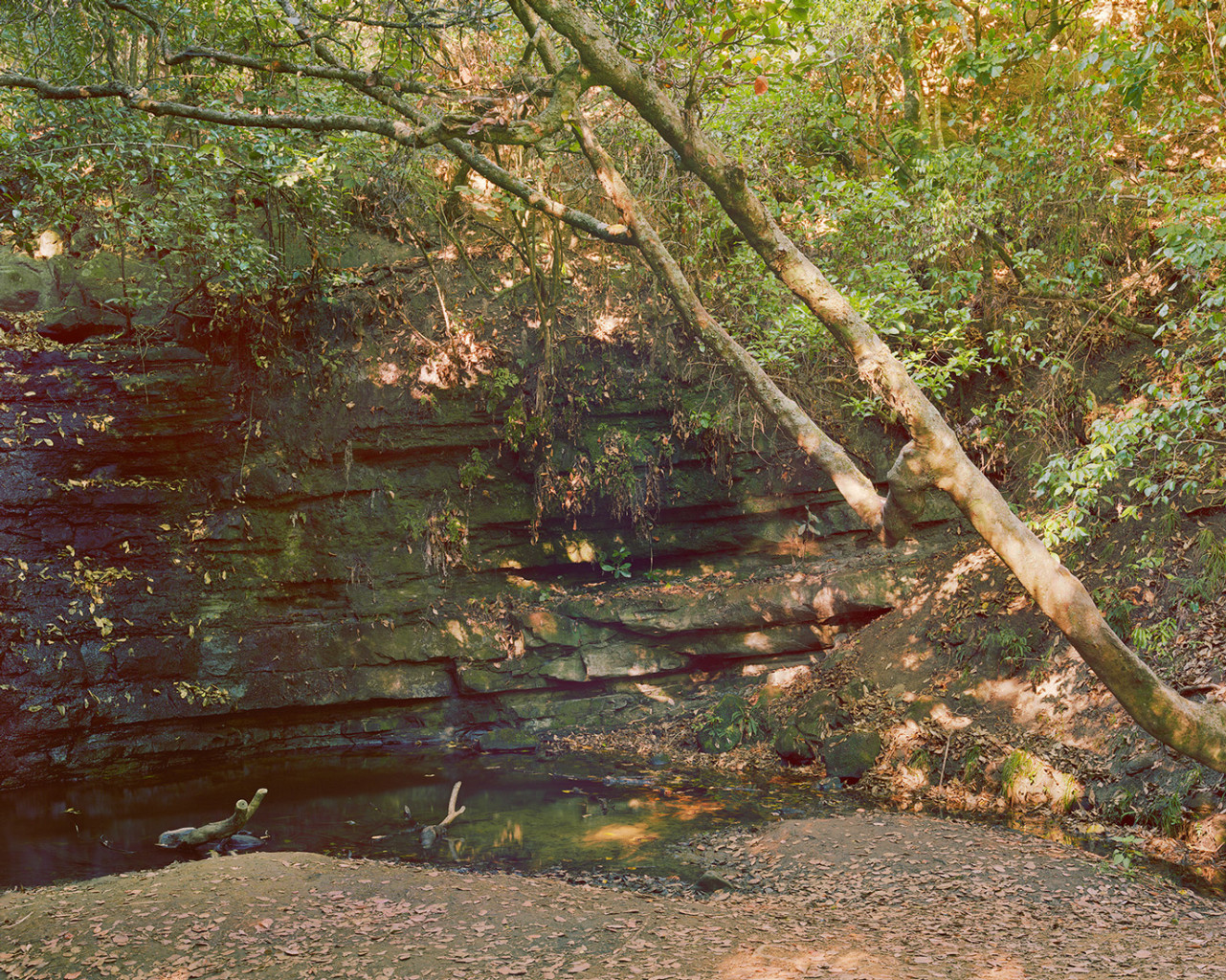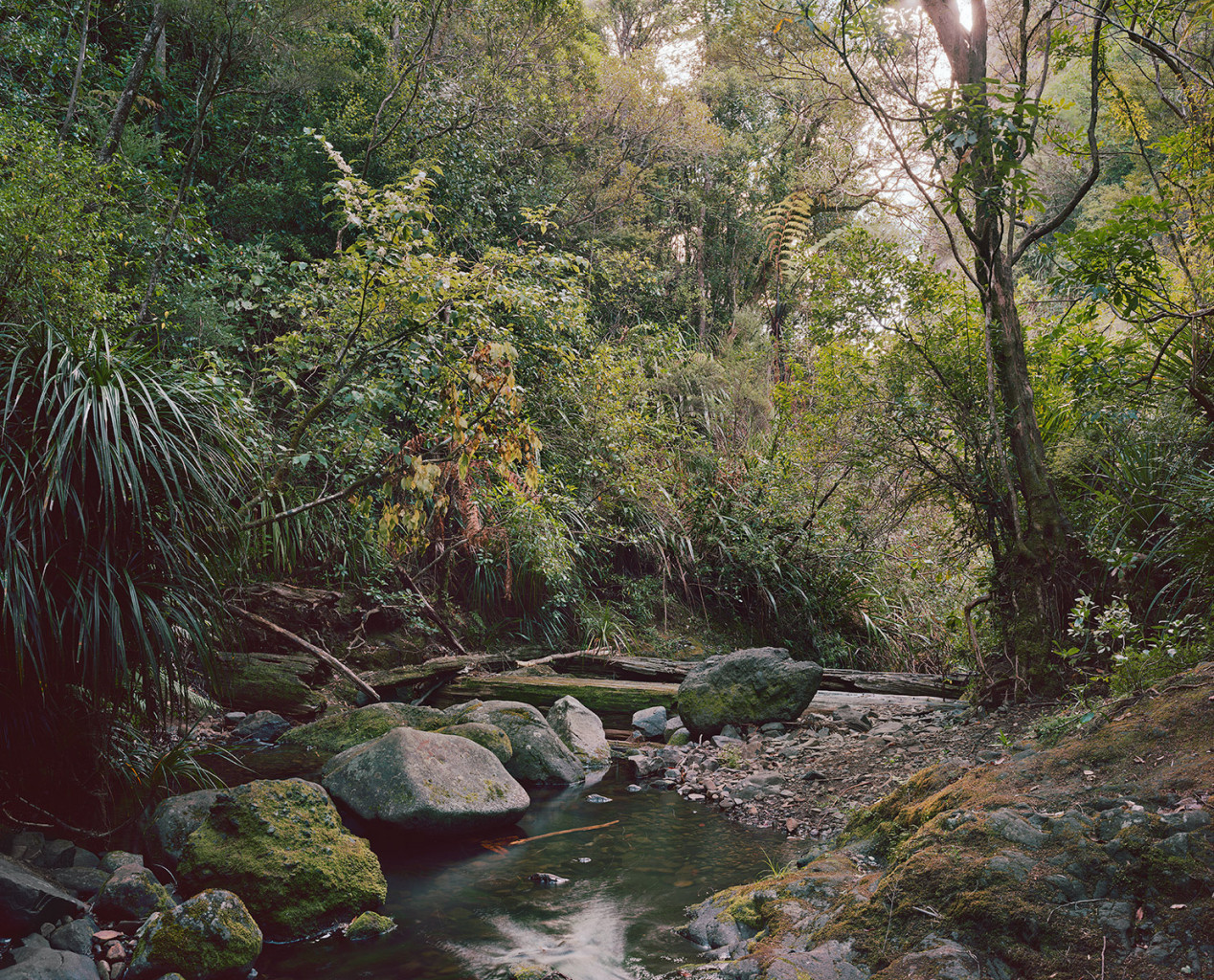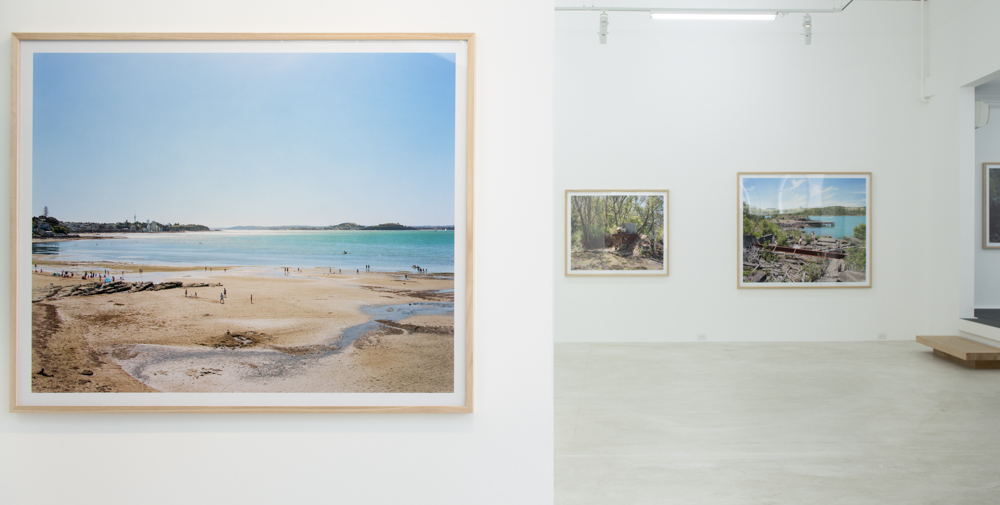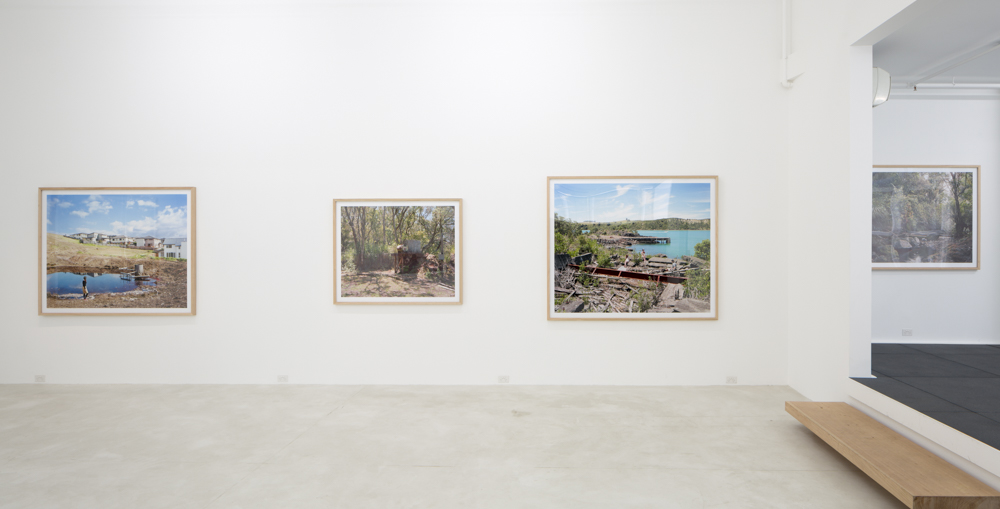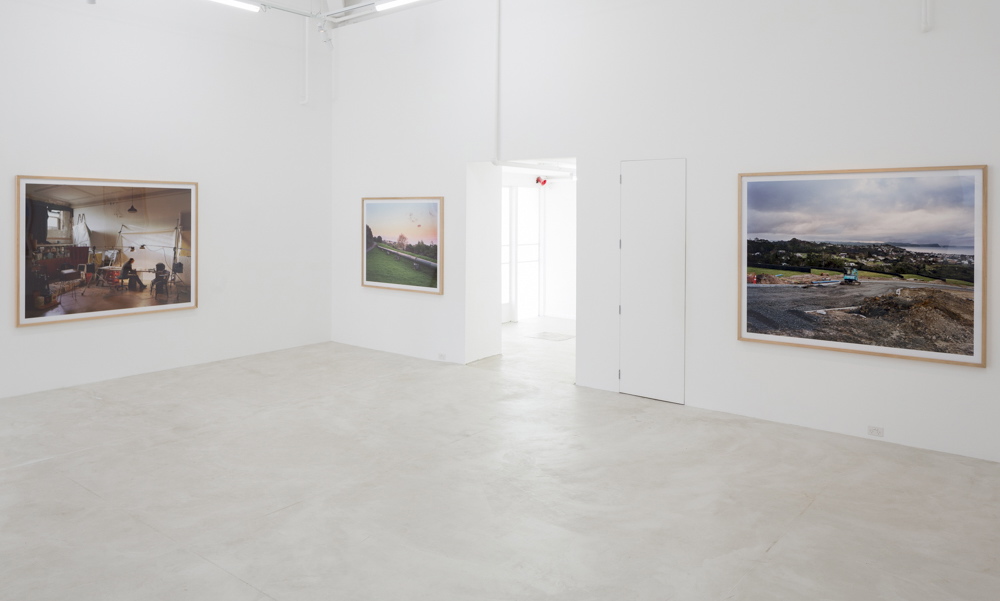“The photography of Chris Corson-Scott is masterly in a very quiet way. At twenty-nine, he already has a serious body of work to his credit — not a large body, that would be asking too much, but work of an extremely high level as regards that elusive marker, “quality.”
Michael Fried
September 2014
(Noted art historian, critic, and the J. R. Herbert Boone Professor of the Humanities & the History of Art at Johns Hopkins University, Baltimore, USA)
Full text →
Trish Clark Gallery is very pleased to present the first gallery exhibition of photographs by Chris Corson-Scott. Recently turned 29, Corson-Scott reveals a precocious maturity in his serious approach to photographic content and the technical challenges of working photographically at large scale. Son of the late modernist painter, Ian Scott, he has been immersed in art all his life, and has been a stern self-critic through more recent years developing his body of work.
Corson-Scott has exhibited widely in Auckland, and internationally. Exhibitions include Kinder’s Presence (2013-14) at Auckland Art Gallery Toi O Tamaki; History in the Taking: 40 Years of PhotoForum (2014) at The University of Auckland’s Gus Fisher Gallery; My Place (2013) Pingyao International Photography Festival, China; Recent Auckland Photography (2013) at North Art; and solo exhibitions at the artist-run space Snake Pit, New Photographs (2012); and Photographs (2011) at Wallace Art Centre. With art historian Edward Hanfling he is the co-author of Pictures They Want to Make: Recent Auckland Photography (Photoforum, Auckland: 2013).
Corson-Scott is insistent on the use of analogue film and the ‘old-fashioned’ 8×10 view-camera. In our digital age, these large and cumbersome cameras are artefacts from the beginnings of the medium, but with the latest technology still provide a unique and superb image quality. Corson-Scott believes the combination results in a more ‘human’ image – “finely detailed, yet softer, richer, and ultimately closer to how our eyes see light than digital capture.” For him, this is a critical part of the aesthetic of his work, dedicated as he is to making quiet, lyrical, many-layered images of deeply personal and intimate subjects, which are most typically mantled by a crystalline and shimmering midday New Zealand sunlight.
The other singular advantage of this analogue method is that one rarely takes more than a single image of a subject, encouraging a deeply thoughtful approach to image making. It is not uncommon for Corson-Scott to spend an entire day, or indeed a number of days, even spread over different years, to take the final, single exposure.
Though his work is strongly engaged with the history of his medium (in particular the works of 20th century French photographer Eugène Atget), it is also distinct for its serious interrogation of painterly qualities. Corson-Scott’s deep engagement with painting and its history has expanded through personal relationships with artists, curators and critics, in New Zealand and overseas. In looking to artists like Cézanne and Jackson Pollock, Corson-Scott attempts to expand the ‘singular’ moment (or subject) of a photograph, by making large, complex images in which many points of interest, or ‘decisive moments’ vie for equal visual attention.
Corson-Scott lives and works in Auckland, New Zealand.
Eyecontactsite review by John Hurrell →
Link to artist’s page →

